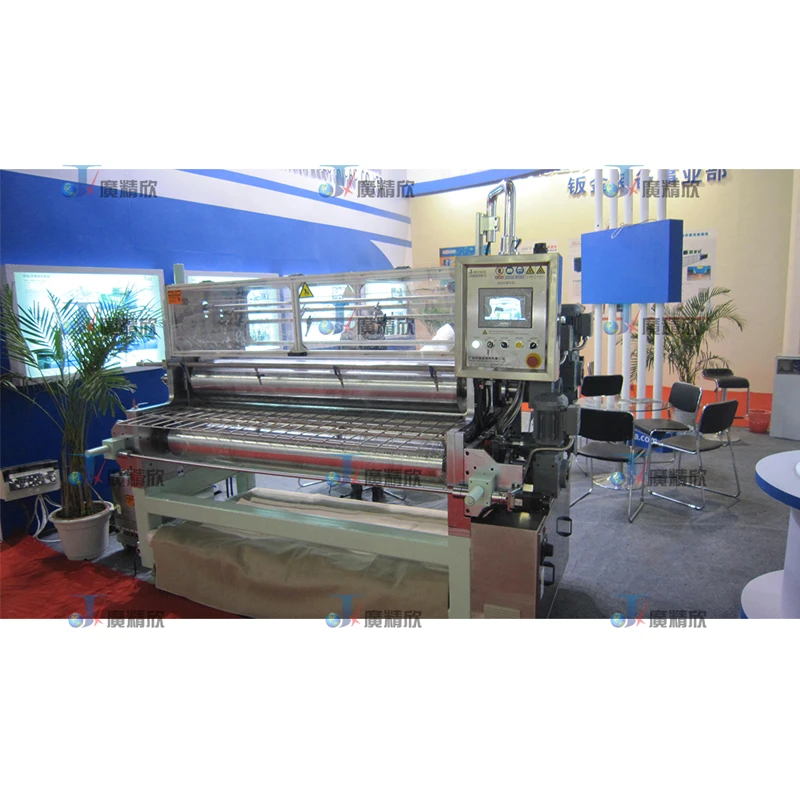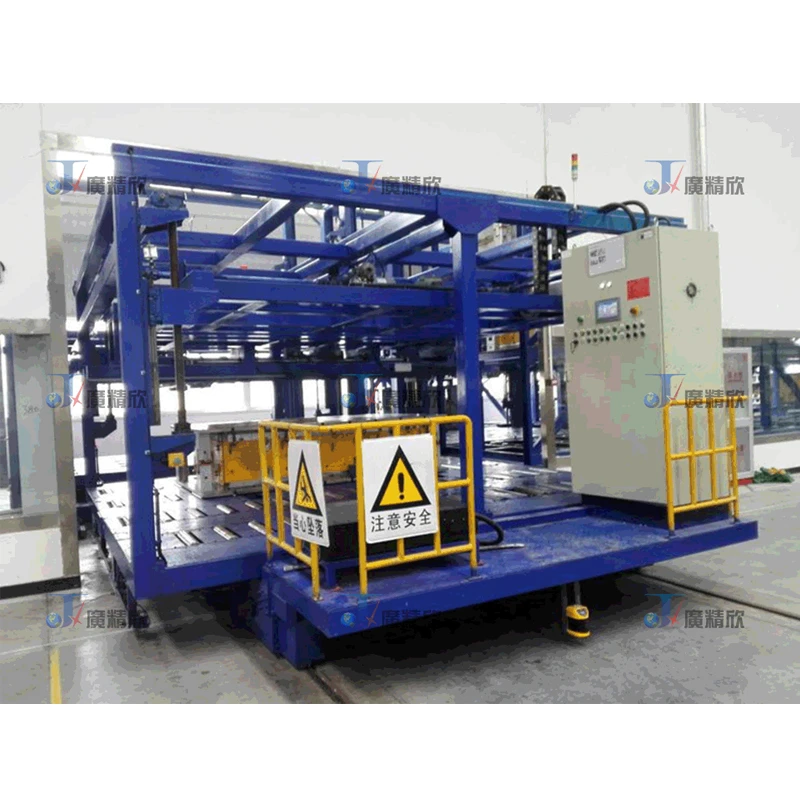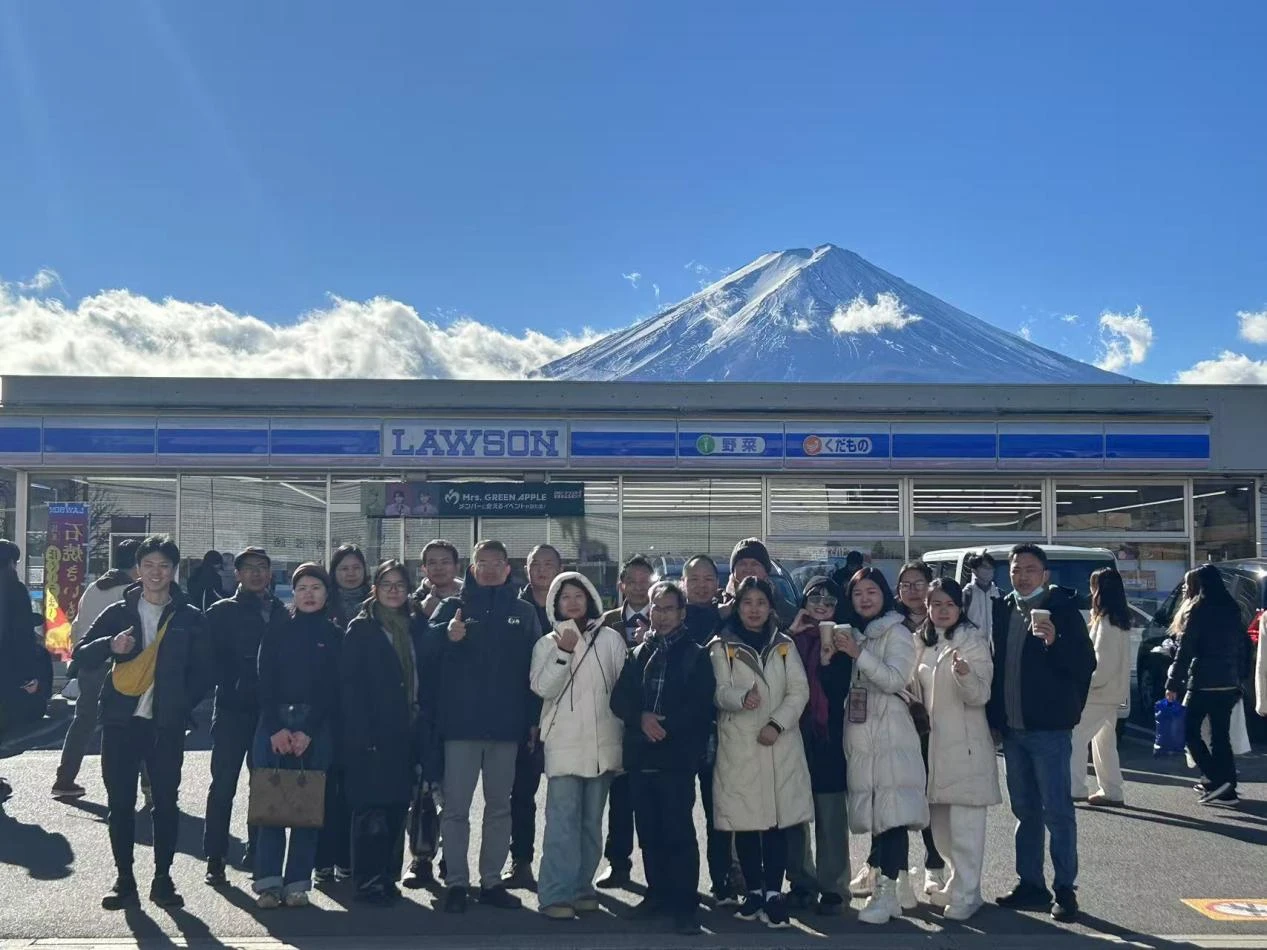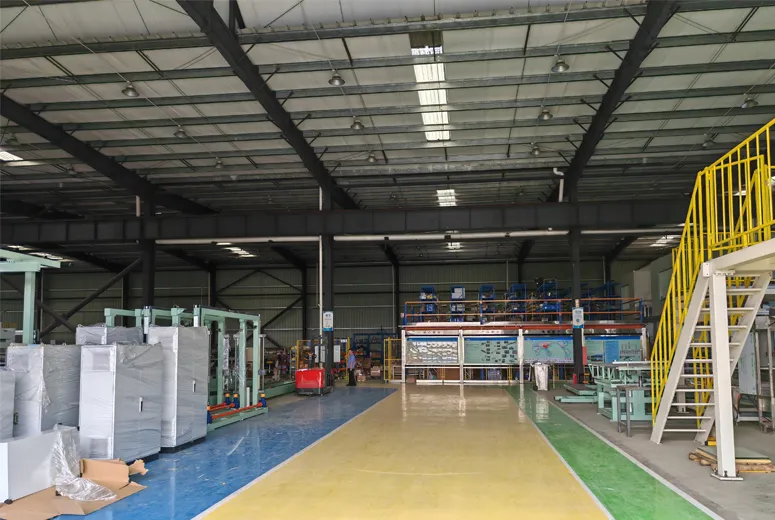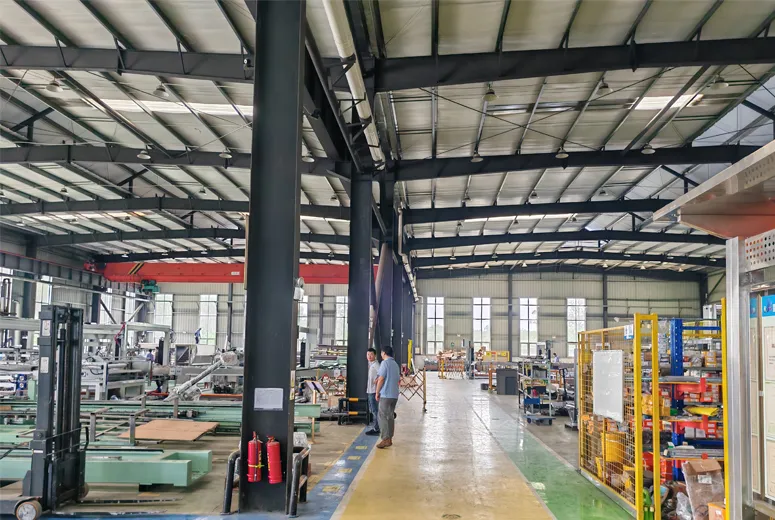Application Of Wet Process In The Bonding Of Roof Skeleton And Fabric
Basic Principle of the Wet Process
The wet process, as the name implies, involves the use of liquid - based substances during the production. In the context of ceiling framework and fabric lamination, it mainly focuses on applying adhesives in a wet state. This method allows for a more uniform and effective bonding between the two materials, ensuring the durability and quality of the final product.
Production Process Details
Rolling Glue:
Rolling glue is the first step in this process. Specialized rollers are used to apply a thin and even layer of adhesive onto either the ceiling framework or the fabric. The choice of which surface to apply the glue on depends on various factors such as the material properties and the design requirements. The rollers are designed to ensure that the glue is spread uniformly across the surface, with a consistent thickness. This uniform application is essential as it provides an even distribution of the adhesive force, which in turn guarantees a strong and stable bond.
Spraying:
After the rolling glue step, spraying is carried out. A fine mist of additional adhesive or a treatment solution is sprayed over the surface that has already been coated with glue. The spraying process helps to further enhance the adhesion properties. It fills in any small gaps or uneven areas left by the rolling process, ensuring a more complete and seamless connection between the two materials. The spraying equipment is carefully calibrated to control the spray volume and the particle size of the sprayed substance, optimizing the adhesion effect.
Hot Molding:
Once the rolling glue and spraying are completed, the combined materials of the ceiling framework and the fabric are subjected to hot molding. They are placed into a specially designed hot mold. The heat from the mold activates the adhesive, causing it to flow and bond the two materials more firmly together. The temperature and pressure inside the hot mold are precisely controlled. The appropriate temperature ensures that the adhesive reaches its optimal bonding state without causing damage to the materials. The pressure helps to squeeze out any air bubbles trapped between the layers and promotes better contact between the ceiling framework and the fabric, resulting in a high - quality laminated product.
Advantages of the Wet Process
Strong Bonding: The combination of rolling glue, spraying, and hot molding in the wet process results in a very strong bond between the ceiling framework and the fabric. This is crucial for applications where the laminated product needs to withstand various mechanical stresses and environmental factors.
Good Conformability: The wet - state adhesive can better conform to the irregularities of the ceiling framework and the fabric, ensuring a tight fit even in complex - shaped areas. This is particularly important for automotive ceiling applications where the framework often has a curved or contoured shape.
Enhanced Aesthetic Appeal: By ensuring a smooth and seamless bond, the wet process helps to create a more aesthetically pleasing final product. There are fewer visible seams or bumps, which is highly desirable in interior decoration applications.
In conclusion, the wet process, with its specific production steps of rolling glue, spraying, and hot molding, plays a vital role in the lamination of ceiling frameworks and fabrics, providing manufacturers with a reliable and high - quality solution for their production needs.
- Automotive Headliner Wet Production Line
- Automotive Headliner Dry Production Line
- Automotive Fabric Lamination Line
- Carpet Production Line
- Wheel House & Interior Sound Insulation Pad Production Line
- Interior Cutting Equipment
- Automobile Headliner Assembly Line
- Interior Form And Die
- Production Auxiliary Equipment
- Home
- Products
- Automotive Headliner Wet Production Line
- Automotive Headliner Dry Production Line
- Automotive Fabric Lamination Line
- Carpet Production Line
- Wheel House & Interior Sound Insulation Pad Production Line
- Interior Cutting Equipment
- Automobile Headliner Assembly Line
- Interior Form And Die
- Production Auxiliary Equipment
- Application
- About Us
- Resources
- News
- Contact
- featuredproducts




